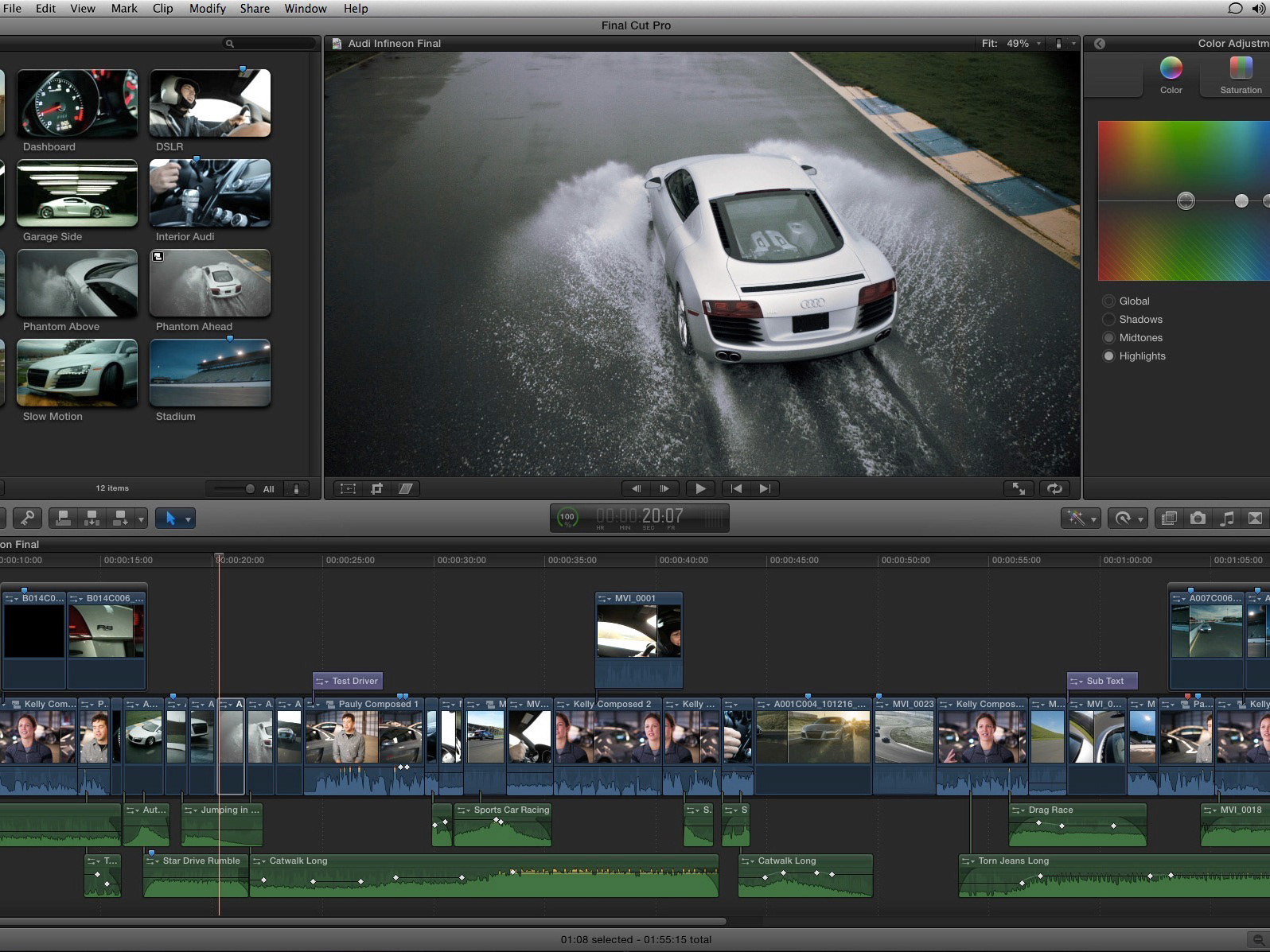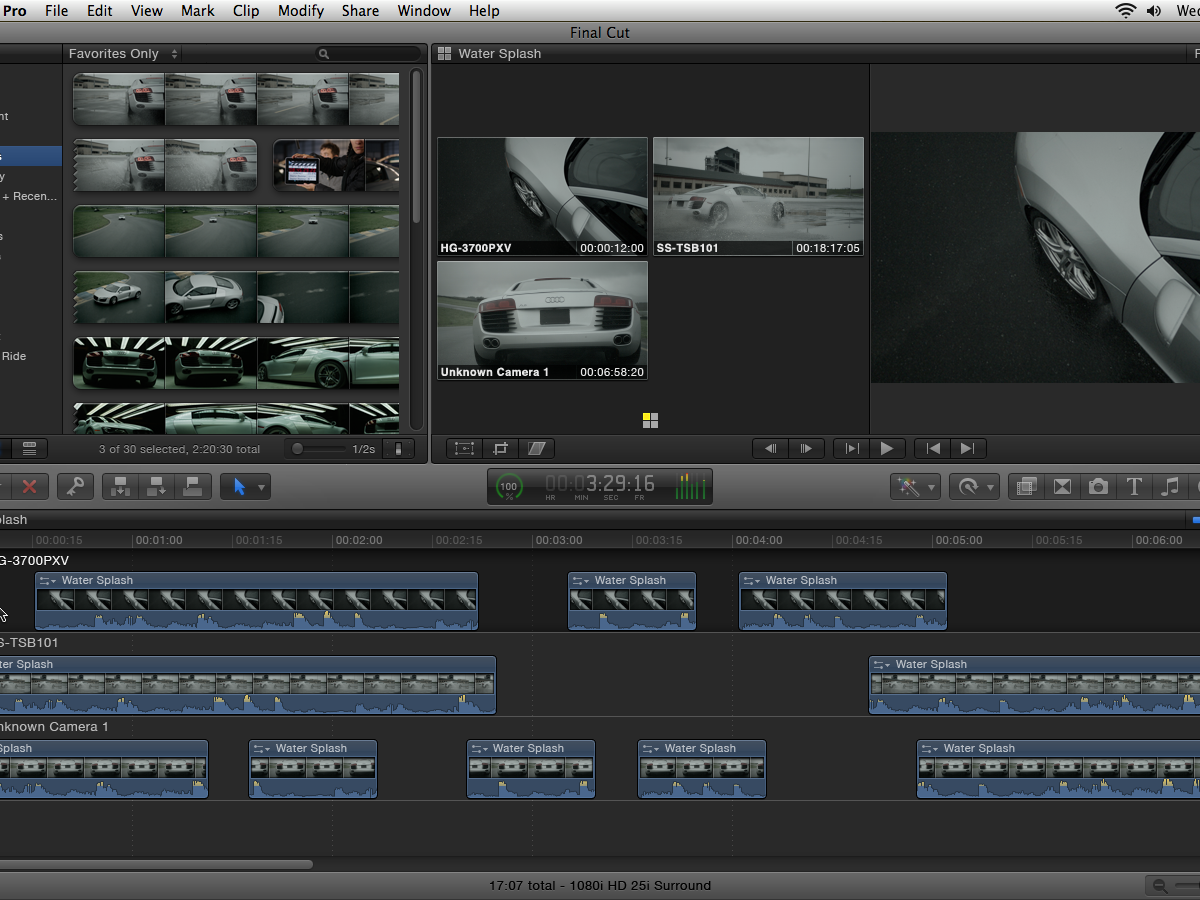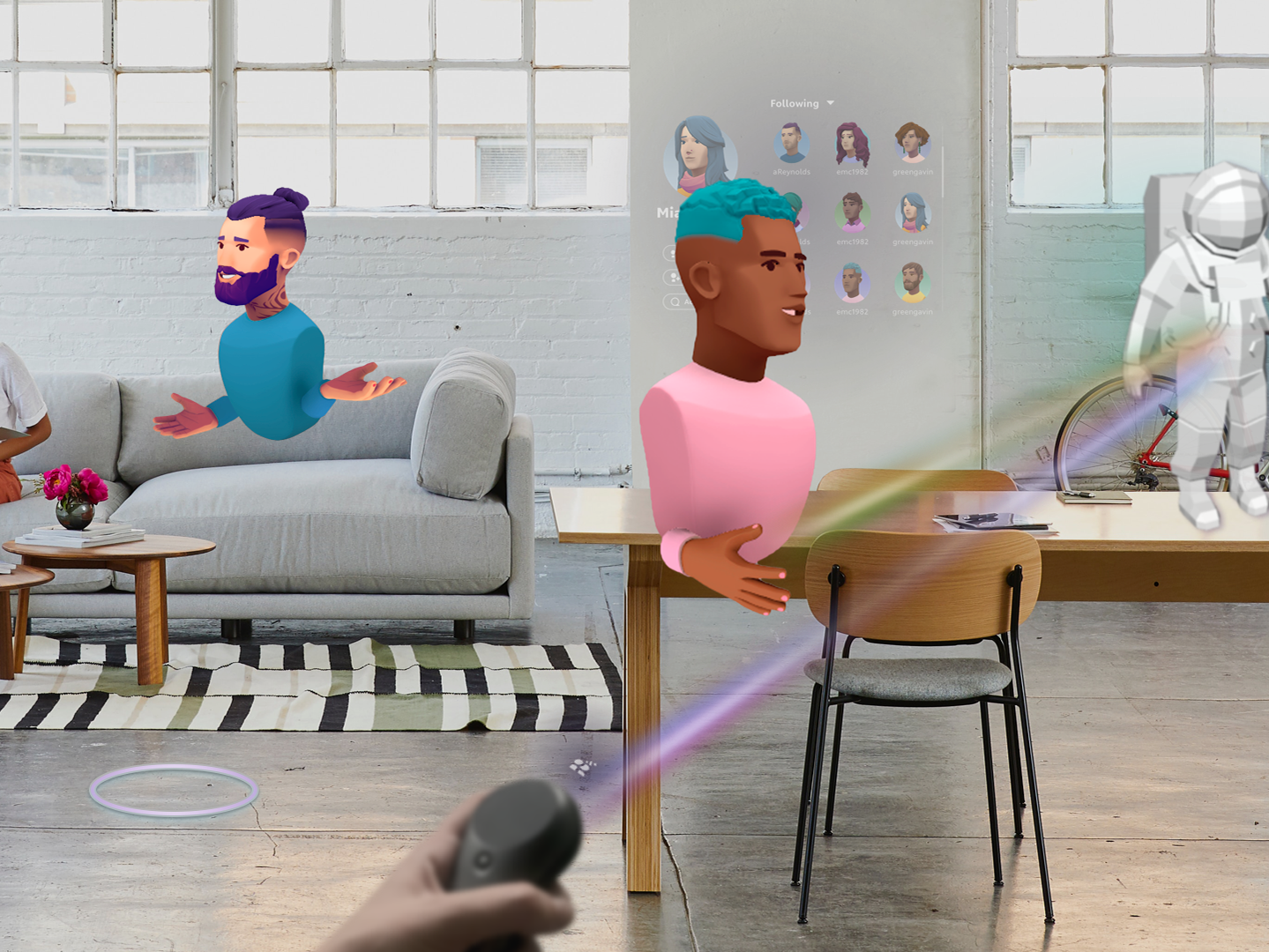I was part of the team that worked out the original plan for a new professional video editing software. We focused our efforts on making the workflow more efficient for common story telling tasks. For the first time this video editor would have the ability to do reasonably complex graphic compositing - something that was only available in separate application at this point.
Our team was acquired by Apple early on in our development and we were one of the first new applications to be released by Apple. Our goal was to keep creative professionals on the Mac and stop them from moving to Windows.
The Team
My role was as lead designer for Final Cut Pro and manager of the design team and user testing group. I gave the team creative direction, management as well as leading the design for many of the applications features.
Making the Application
We continued to update Final Cut Pro with features and functionality. I was a leader defining the product strategy and designing the feature set. I started up a team and processes for internal and external beta testing. I traveled and met with existing and potential customers to understand their needs and be sure to include them in our future roadmap when appropriate.
The software was very well received and won many awards including a technical Emmy in 2002. Our stated goal from executive leadership was to bring professional creatives back to the Macintosh platform. Our team had been an extremely important part of making desperately needed profit for Apple as it was struggling to make its comeback in the late 1990s.
Final Cut Express 2003
iMovie was the consumer video editing application at Apple. With Final Cut Pro’s success, we realized there was still a gap between iMovie and the much more expensive Final Cut Pro. There was a prosumer video editing market that had a lot of users, but there was not a great product to serve them. I proposed a plan to executive management to create a version of Final Cut Pro with limited features as a new product to fulfill this need. I worked with a single engineer over a period of a few weeks and we modified Final Cut Pro to create a new product - Final Cut Express. We shipped the product very quickly and it was a success. Final Cut Express gained well over a million users and generated multiple millions of dollars in revenue for Apple.
Suite Integration
The video applications group acquired and created several other video related applications over time including Cinema Tools, Soundtrack Pro, LiveType, Motion, Compressor and more. Each of these applications were made in silos. They each had their own distinctive feel and UI paradigms, and they did not always feel like they were made from the same company.
I worked with the designers of the various applications to collaborate and start to proposed phased set of modifications to make our applications feel like a real suite of tools. While there was no organization structure change, we all combined our efforts to make a better set of products for our users. This resulted in shifting each of our tools to have a more cohesive feel and better interactions for our users.
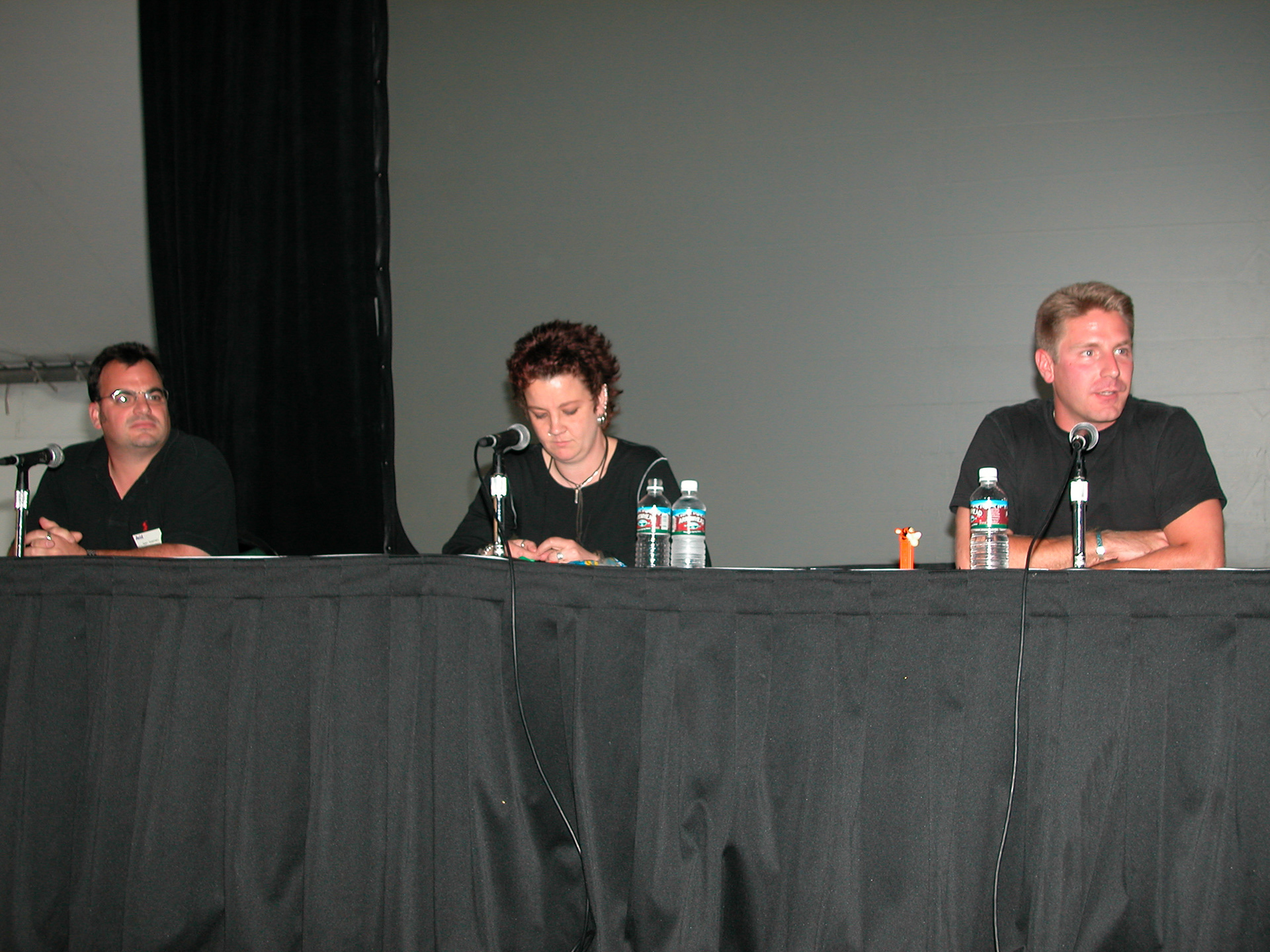
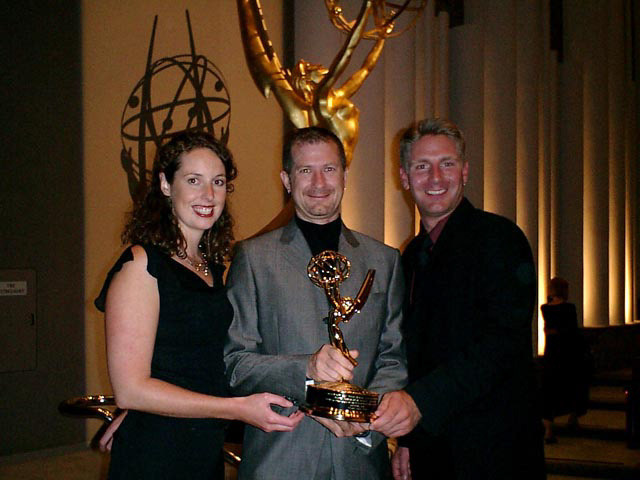
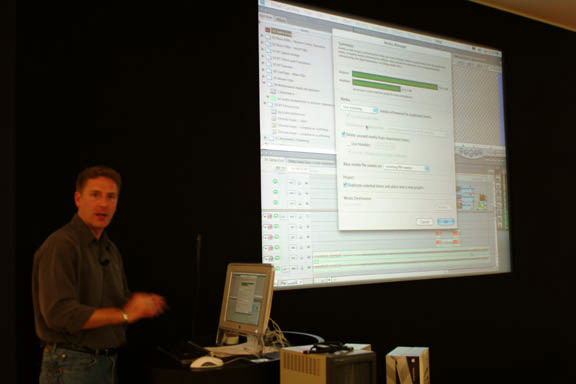
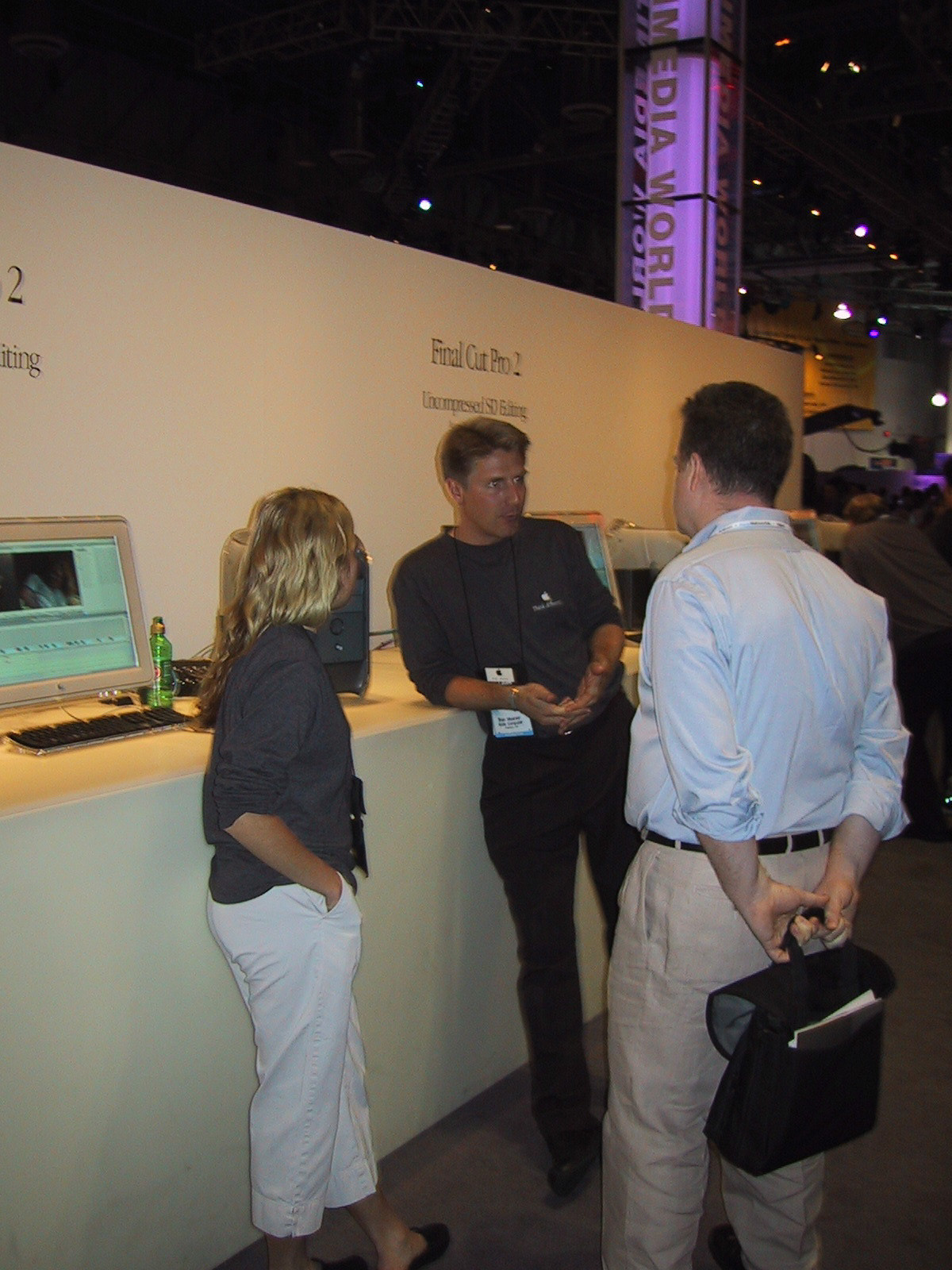
Product Evangelism
Over the years I have spent a great deal of time reaching out to and working directly with customers. I met with many customers in their studios, recommending how to improve their workflows, and discussing what we could solve and what future feature additions would be beneficial. I was Apple PR approved and was a presenter at many events, trade shows, user group meetings and more. I was often called into Executive Briefing Meetings with industry leaders and corporate heads. I was sent by the CEO several times to meet with important potential customers to show what Apple's professional tools could do for them. These were all important efforts to ensure customer appreciation and keep our tools focused on the real problems that they had.



